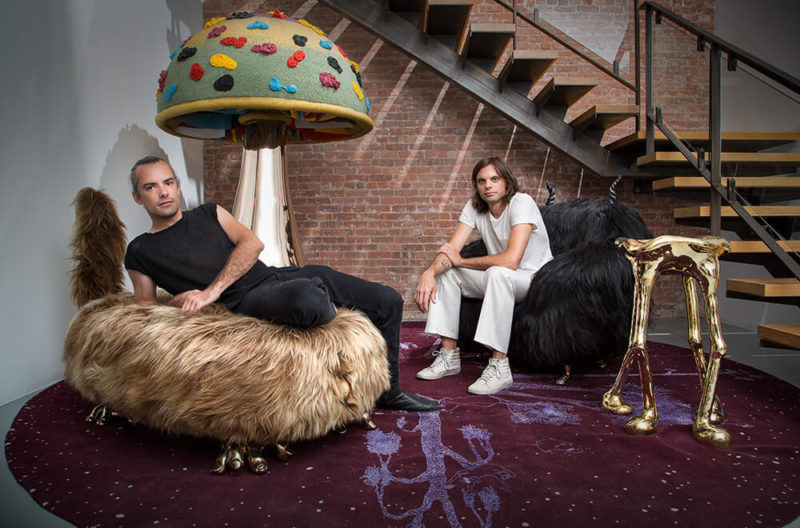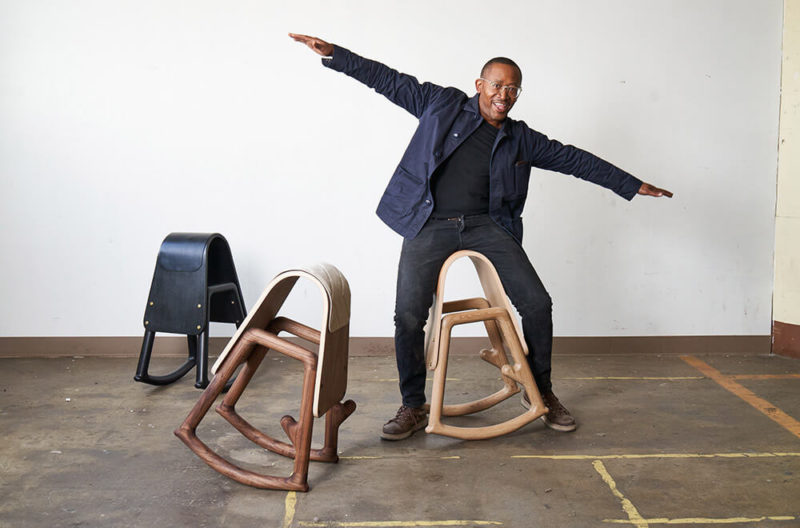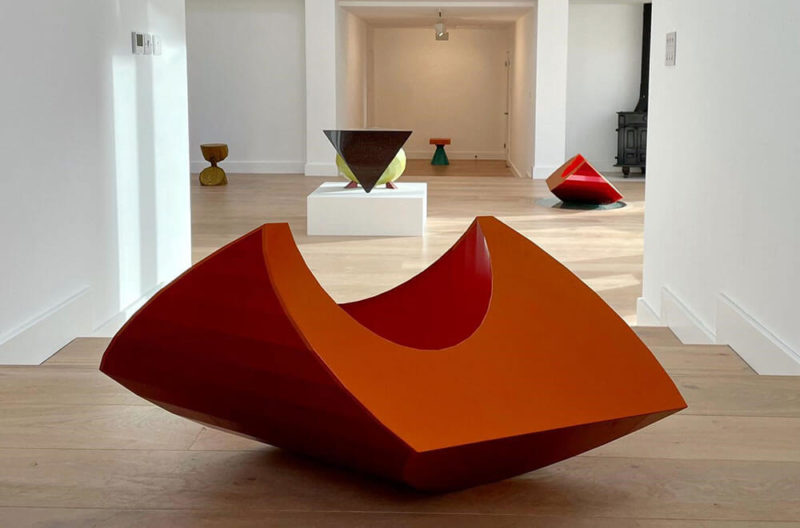Objects: USA 2020
R & Company's in-depth survey of the ever-evolving American crafts movement is as much a reflection of the present, as it is of the past.
R & Company, 64 White Street, New York
16th February – 31st July 2021
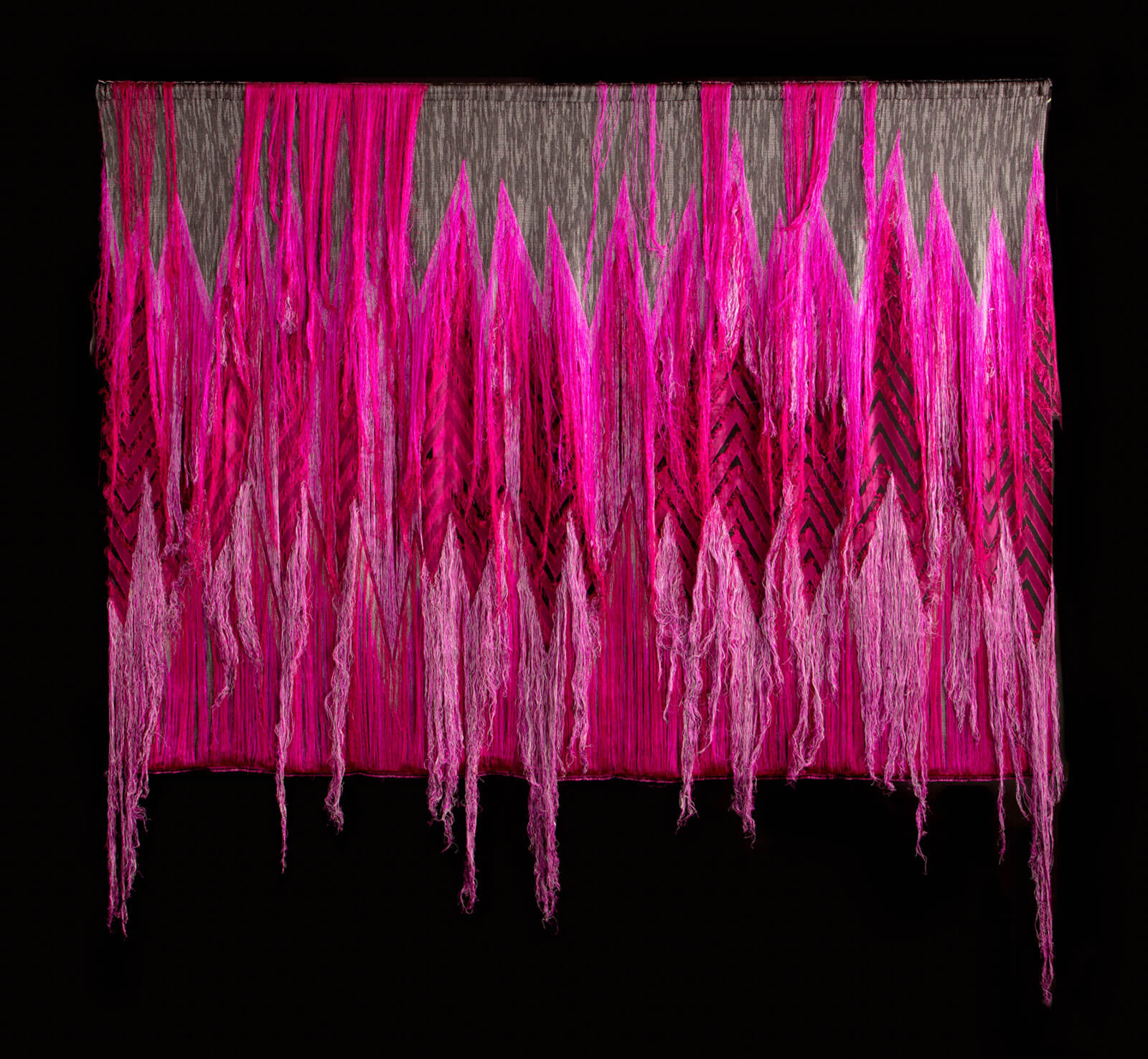
Liz Collins, ‘Frozen’, 2020
COURTESY: Liz Collins, R & Company / PHOTOGRAPH: Joe Kramm
1969 WAS THE year that the ‘Objects: USA’ exhibition opened at the National Collection of Fine Art at the Smithsonian Institution. Lee Nordness, the revered gallerist, organised the show in order to define and draw attention to a movement in which studio-based makers were approaching contemporary art by way of traditional craft techniques. The term ‘object’ dismantled the antiquated distinctions between art and design that could no longer define this collective output.
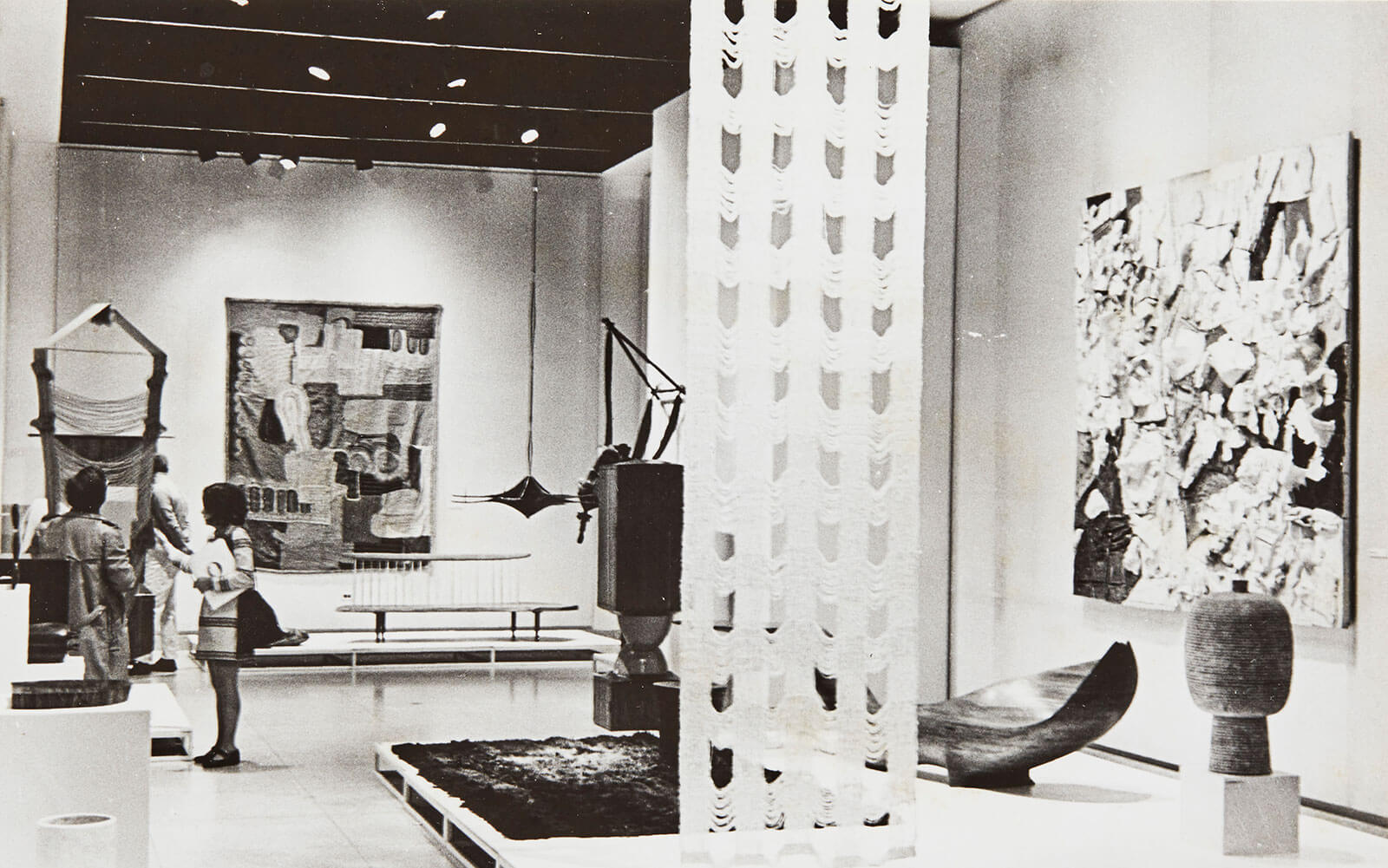
Exhibition views of the original Objects: USA show in 1969 at the Smithsonian American Art Museum
COURTESY: Estate of Margret Craver & R & Company
The comprehensive show featured over five hundred works by US-based makers, from groundbreaking artists such as Anni Albers, Wharton Esherick and George Nakashima to younger practitioners, such as Art Smith, Doyle Lane and Sheila Hicks. By the time it closed, the exhibition had travelled to 33 cities around the world, acting as a calling card for the country’s emerging crafts movement and changing the perception of American art and design as it went. ‘Objects: USA’ put many of these talented makers on the map and, in some cases, launched their careers.
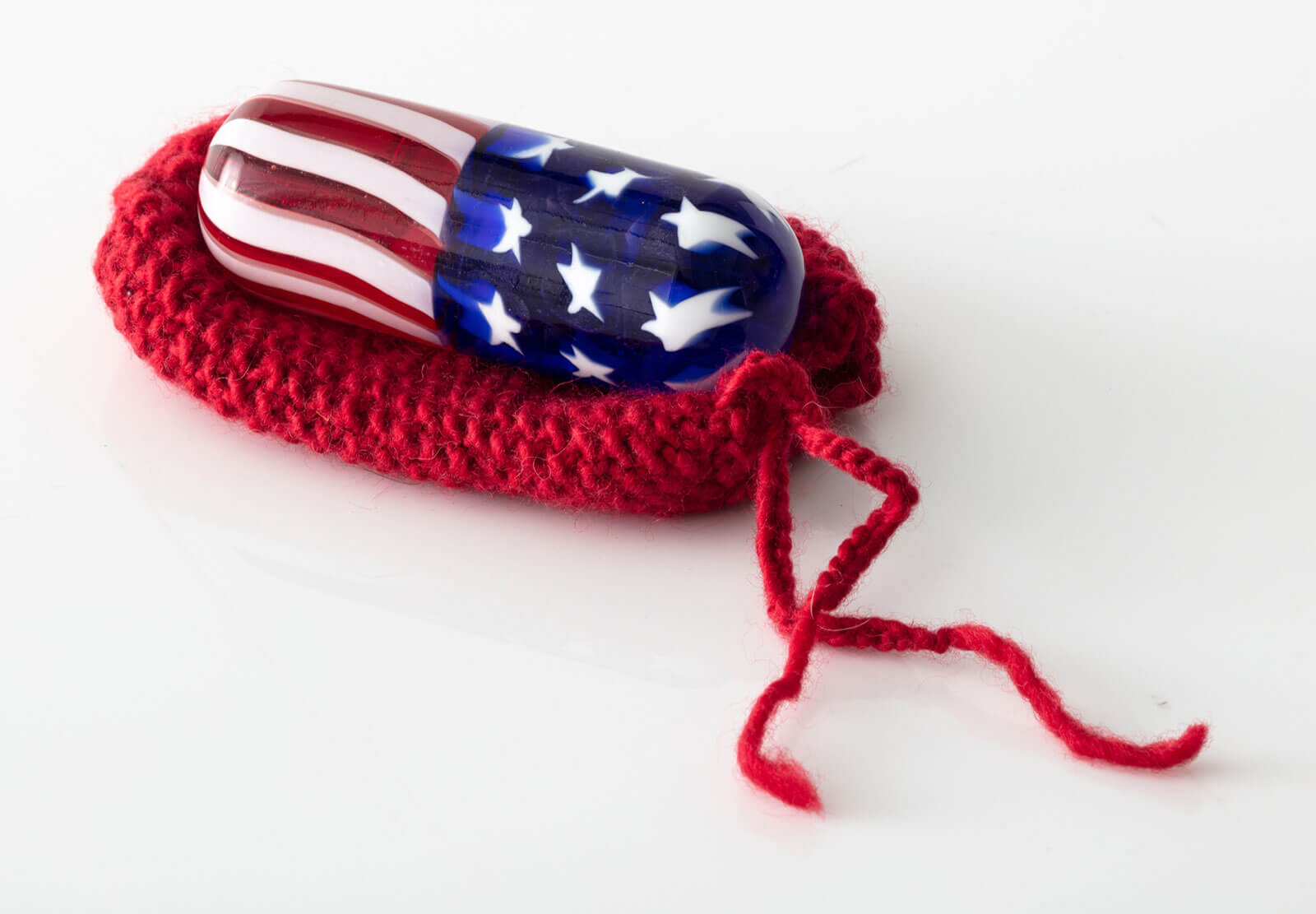
Richard Marquis, ‘Stars and Stripes Acid Capsule’, 1969–1970
COURTESY: Richard Marquis, R & Company / PHOTOGRAPH: Joe Kramm
Not unlike 2020, 1969 was also a year of significant social upheaval. The civil rights movement was joined by calls for women’s liberation and gay rights. Youth-driven counter-culture was pushing back against outdated norms and rapidly redefining American society. Within the creative sector, artists and designers were contesting the rigid tenets of Modernism, challenging the standards of mass production, and blurring disciplinary boundaries. Artists and designers sought to re-embrace the fundamental principles of autonomous practice, self-production, and artistic expression. Today’s craft revival might be more stratified, with small producers and independent talents creating work for different markets. Still, the comparisons between the creative output of 1969 and the present day are palpable.
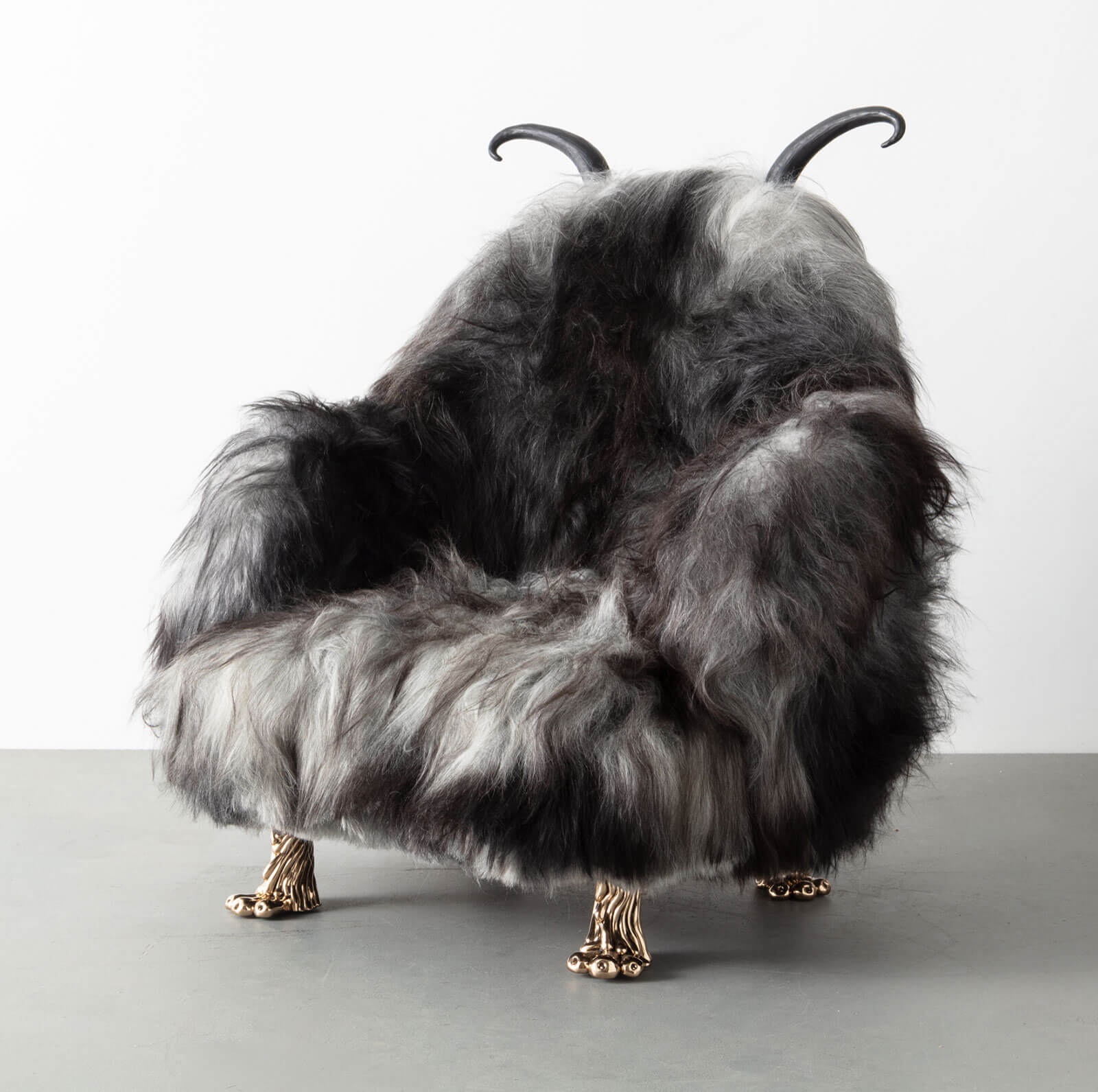
The Haas Brothers, ‘Grey Liotta’ club chair, 2020
COURTESY: The Haas Brothers, R & Company / PHOTOGRAPH: Joe Kramm
A new survey show at New York’s R & Company gallery, ‘Objects: USA 2020’, seeks to commemorate the original exhibition’s 50th anniversary and draw parallels with contemporary craft-led art and design. Mounted by noted curator and historian Glenn Adamson – in collaboration with Object & Thing founder Abby Bangser, the gallery’s co-principal Evan Snyderman, and director of museum relations James Zemaitis – the exhibition places 50 historical works in dialogue with 50 pieces by some of the most promising talents working today. “‘Objects: USA’ has been on my mind since grad school,” Adamson reveals. “Ever since, I’ve been trying to find the right place and time to explore the topic further. In talking to R & Company a year or two ago, we agreed that it was now or never. If we didn’t do something soon, such a show could never happen.”
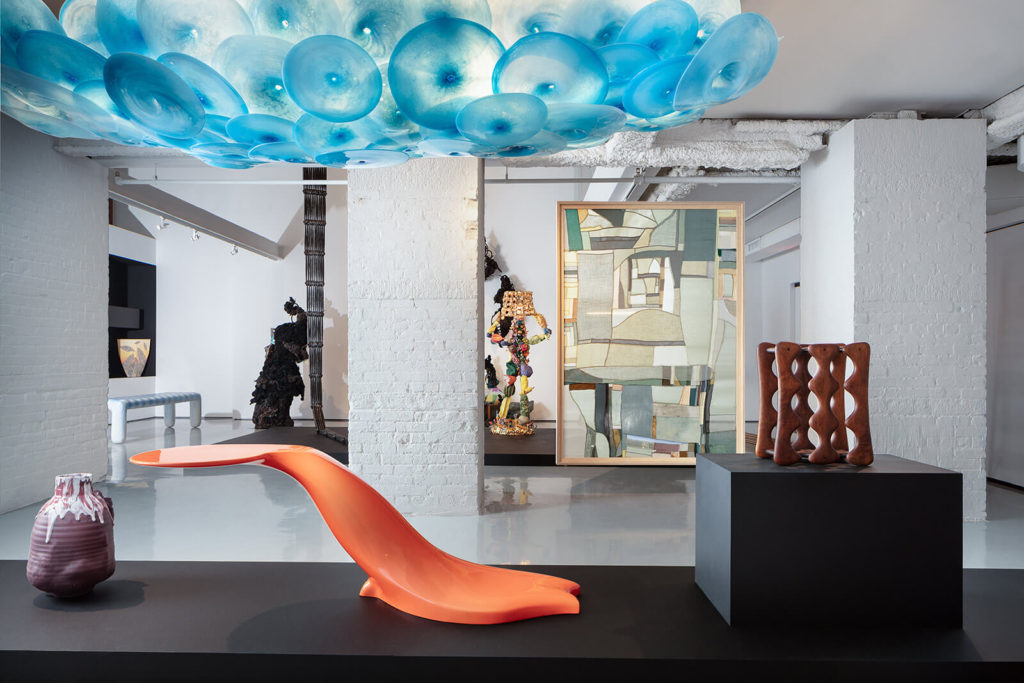
Installation view of ‘Objects: USA 2020’ featuring works by Adam Silverman, Wendell Castle, Jeff Zimmerman, Art Carpenter, Kiva Motnyk, and others.
COURTESY: R & Company / PHOTOGRAPH: Joe Kramm
The curator worked closely with Zemaitis for the difficult task of choosing 50 iconic pieces out of the original three hundred to best represent the essence of the original exhibition. Bangser and Snyderman’s input was integral to the selection of contemporary exhibitors, a real Who’s Who of makers currently operating in the collectible design world: Daniel Arsham, Thomas Barger, Dana Barnes, Liz Collins, Green River Project, Rogan Gregory, the Haas Brothers, Cody Hoyt, Serban Ionescu, Hildur Ásgeirsdóttir Jónsson, Misha Kahn, Roberto Lugo, Jay Sae Jung Oh, Woody De Othello, Adam Silverman, Katie Stout, David Wiseman, Thaddeus Wolfe, and Jeff Zimmerman – to name just a few.
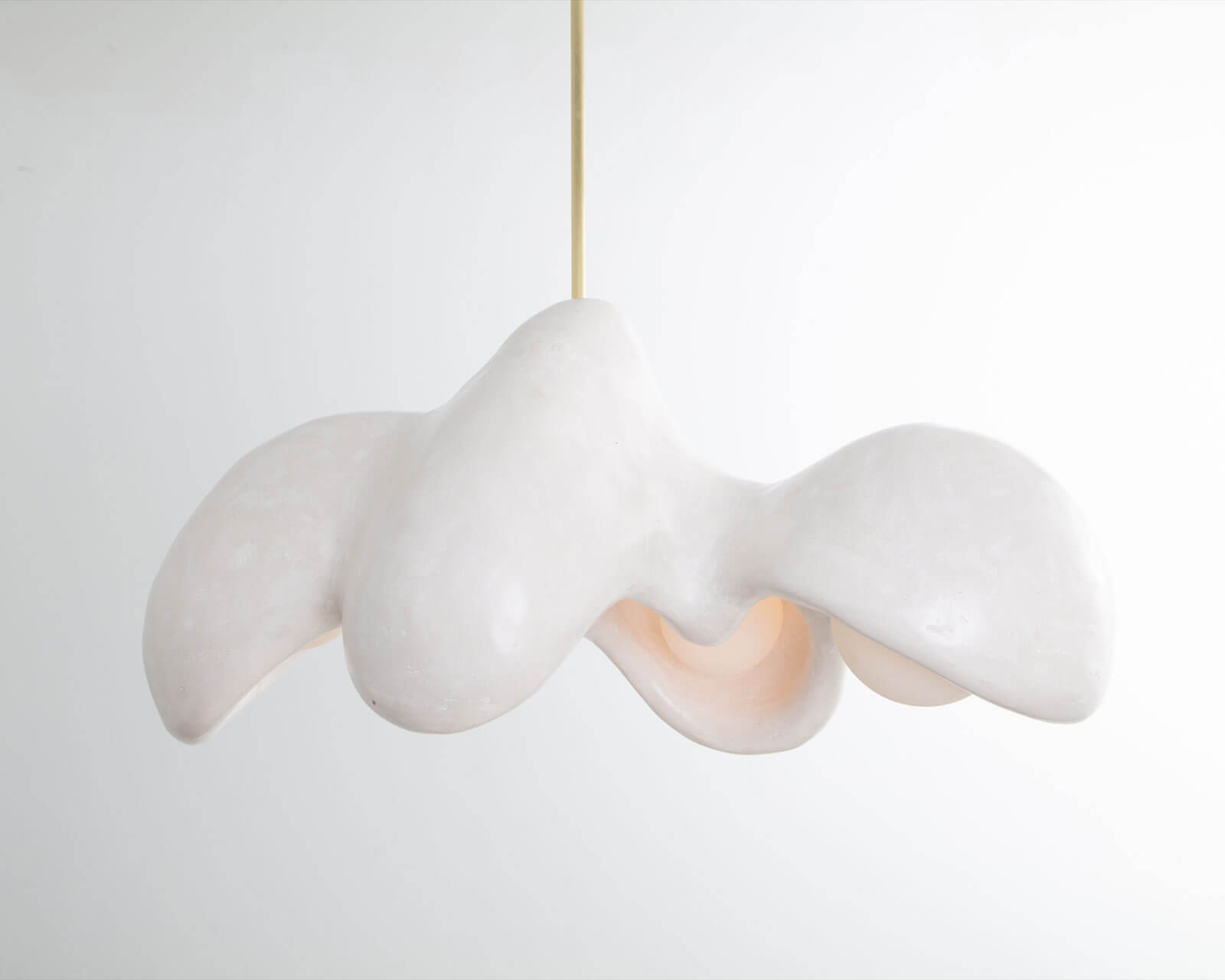
Rogan Gregory, ‘Hanging Lamp’, 2020
COURTESY: Rogan Gregory, R & Company / PHOTOGRAPH: Joe Kramm
Presented throughout the gallery’s multi-level White Street flagship, works like wooden vessels by Daniel Loomis Valenza – Zemaitis’s personal favourite – are joined by equally organic sculptures by contemporary artists like Anders Ruhwald. Though the exhibition doesn’t explicitly showcase pairings, certain connections have materialised through the curatorial process. “An amazing vertical cabinet by contemporary designer Christopher Kurtz, carved using a traditional technique, has the same generative sculptural quality as a chainsaw-formed Wendell Castle table,” the curator describes. Overall, the exhibition incorporates a diverse range of furnishings, accessories, textiles, paintings, sculptures, and jewellery. “We made sure to cover a range of media, gender, geography, and age groups,” Adamson reflects. “There were a number of key names that we couldn’t imagine leaving out like Ruth Duckworth, J. B. Blunk, John Mason, Michele Oka Doner, and Peter Voulkos.
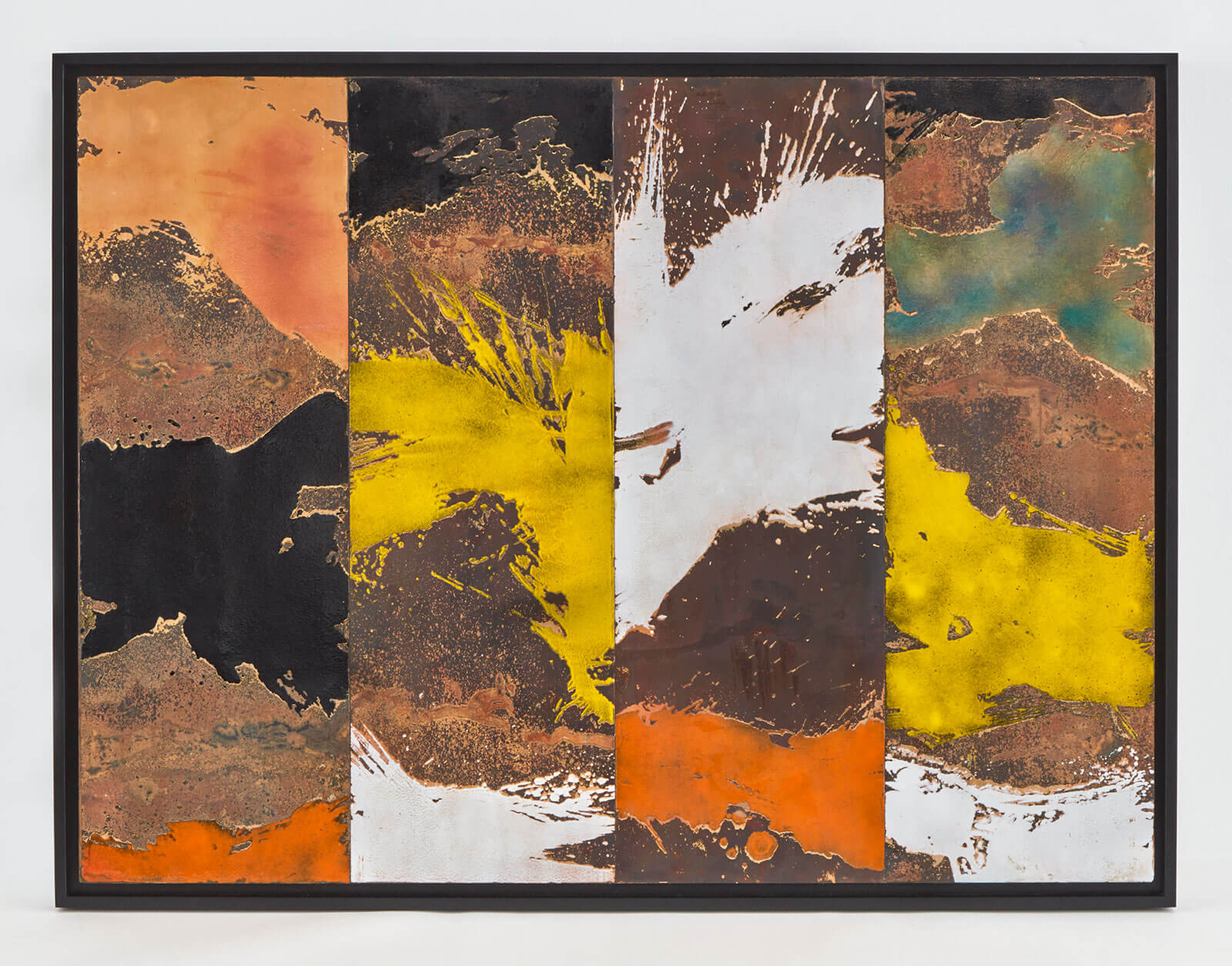
Paul Hultberg, ‘Little Johnson’, 1969
COURTESY: Moderne Gallery / PHOTOGRAPH: R & Company
With the exhibition focusing on works created in the 1960s and 2010s, the omission of works developed during the in-between period is a clear message itself. For both Adamson and Snyderman, this period was marked by a diminished interest in handmade objects. “At that time, the critical design scene centred around either unique or limited-run objects with a very high degree of aesthetic, conceptual and physical realisation,” Adamson reflects. “That took away the energy that used to exist in the studio craft movement, which became inflexible to different forms of production. Talents working in this domain today are yet again more experimental and unrestricted by traditional techniques. Particular forms of creativity seem to be valid in design right now: a strong sense of independence, narrative, and an engagement with contemporary art and design history. ”
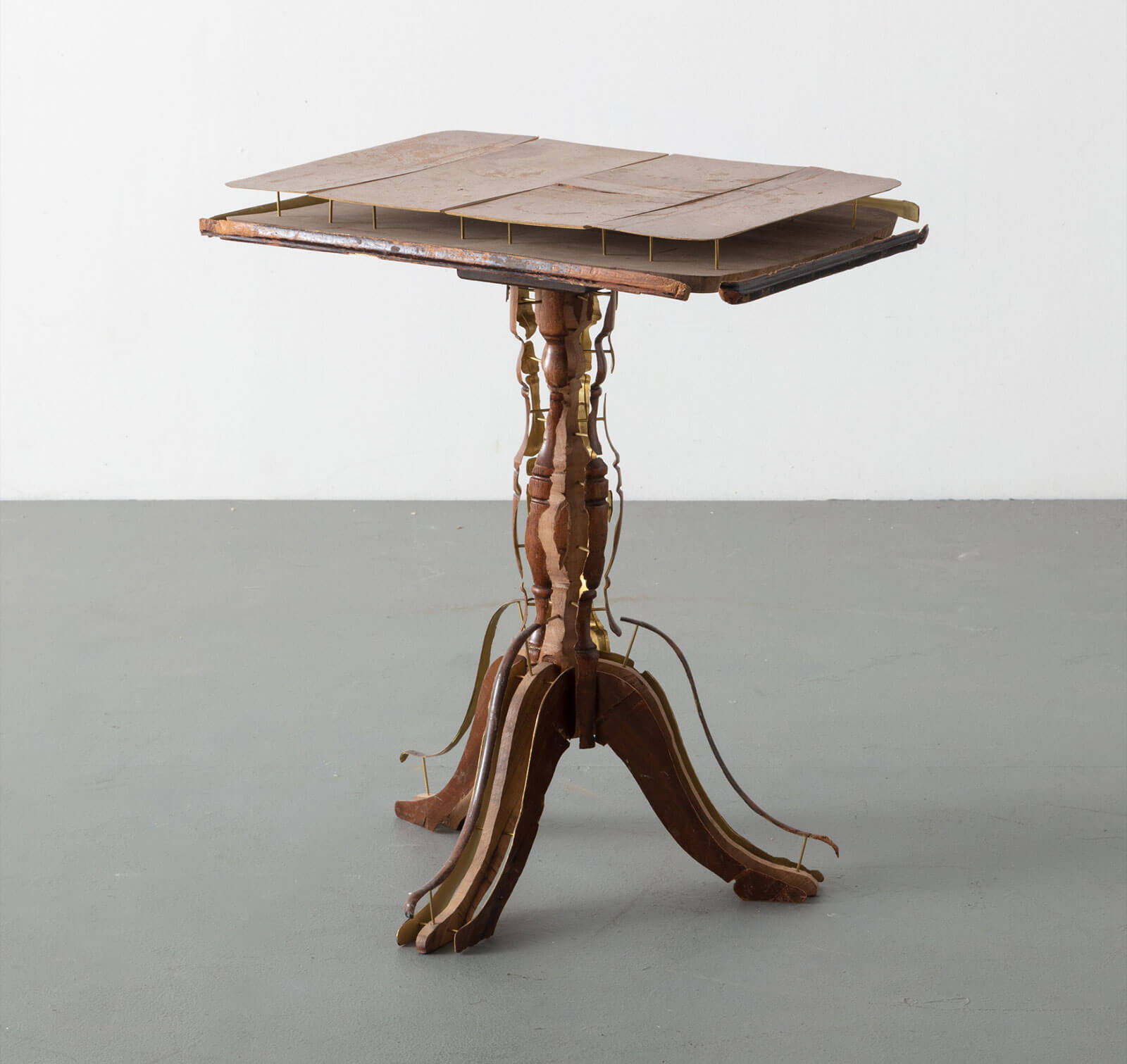
Joyce Lin, ‘Skinned Table’, 2020
COURTESY: Joyce Lin, R & Company / PHOTOGRAPH: Joe Kramm
At the core of the exhibition is the original, surviving catalogue that has served as an essential resource for scholars and collectors for many decades. This canon-defining tome solidified what the exhibition first accomplished in identifying the players of a time-specific movement. A newly amended re-edition, published by the gallery, builds on this existing encyclopaedia by profiling a group of contemporary talents working in an equally impactful moment. As COVID-19-induced restrictions continue into the spring, this book can reach interested parties who might otherwise be unable to see the exhibition in person.
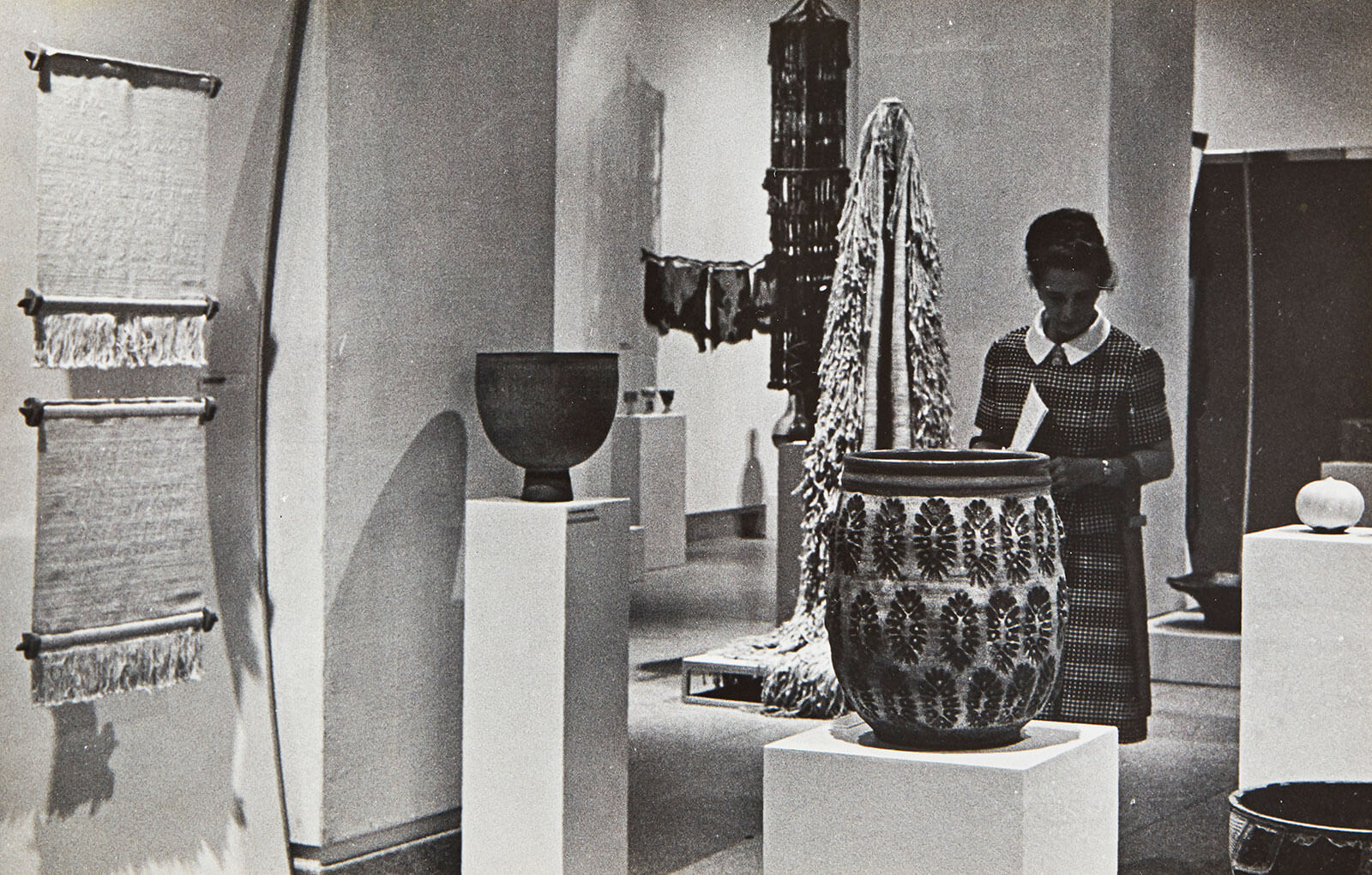
Exhibition views of the original Objects: USA show in 1969 at the Smithsonian American Art Museum
COURTESY: Estate of Margret Craver & R & Company
“For the audience, it’s almost like the historical works are made available through the contemporary, which people already have on their radar,” Adamson concludes. “I think while people who are in the craft scene understand that ‘Objects: USA’ was hugely significant, a bible of sorts, others will use the book and the current show as a way of understanding the importance of the original.”
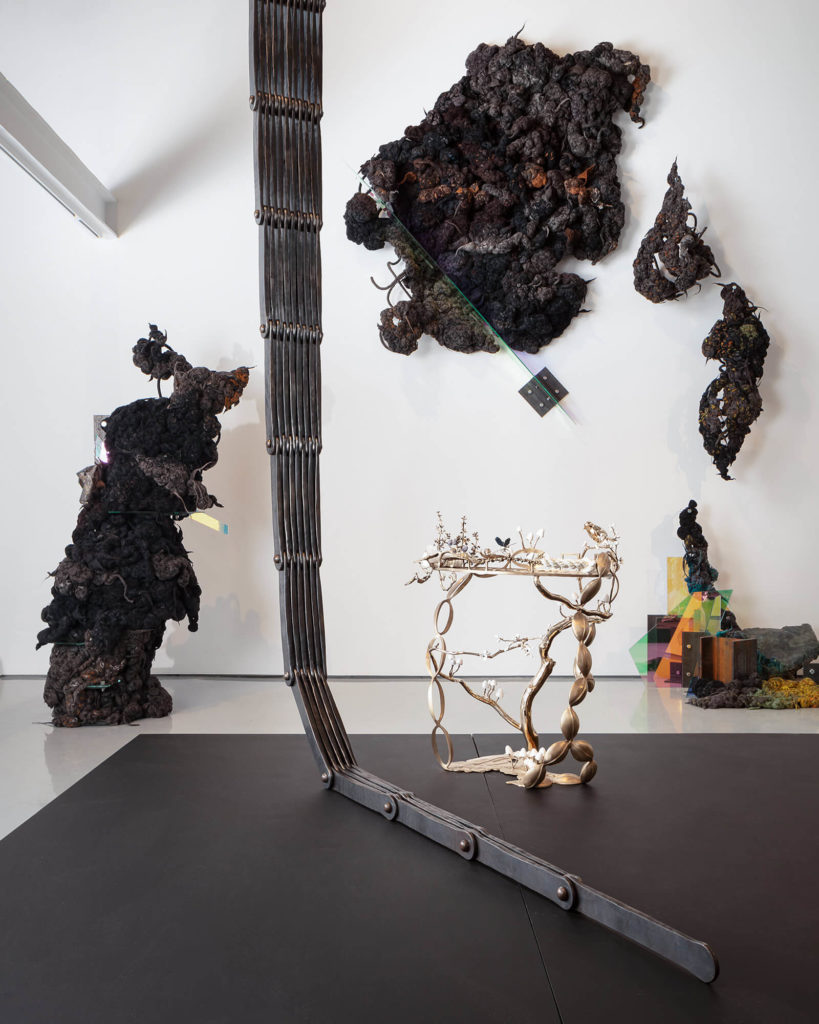
Installation view of ‘Objects: USA 2020’ featuring works by Dana Barnes, Jill Platner, and David Wiseman
COURTESY: R & Company / PHOTOGRAPH: Joe Kramm
Sales of the new book will directly fund additional research and establish a dedicated archive on this wide-reaching topic. With a commitment to scholarship and to expanding the collectible design market’s interest in craft, R & Company has outlined a set of procedures for other US platforms to mount what will become a travelling exhibition. To further these ambitions, throughout the exhibition’s run this spring, the gallery will be hosting several online talks with various related institutions, thinkers, and practitioners.
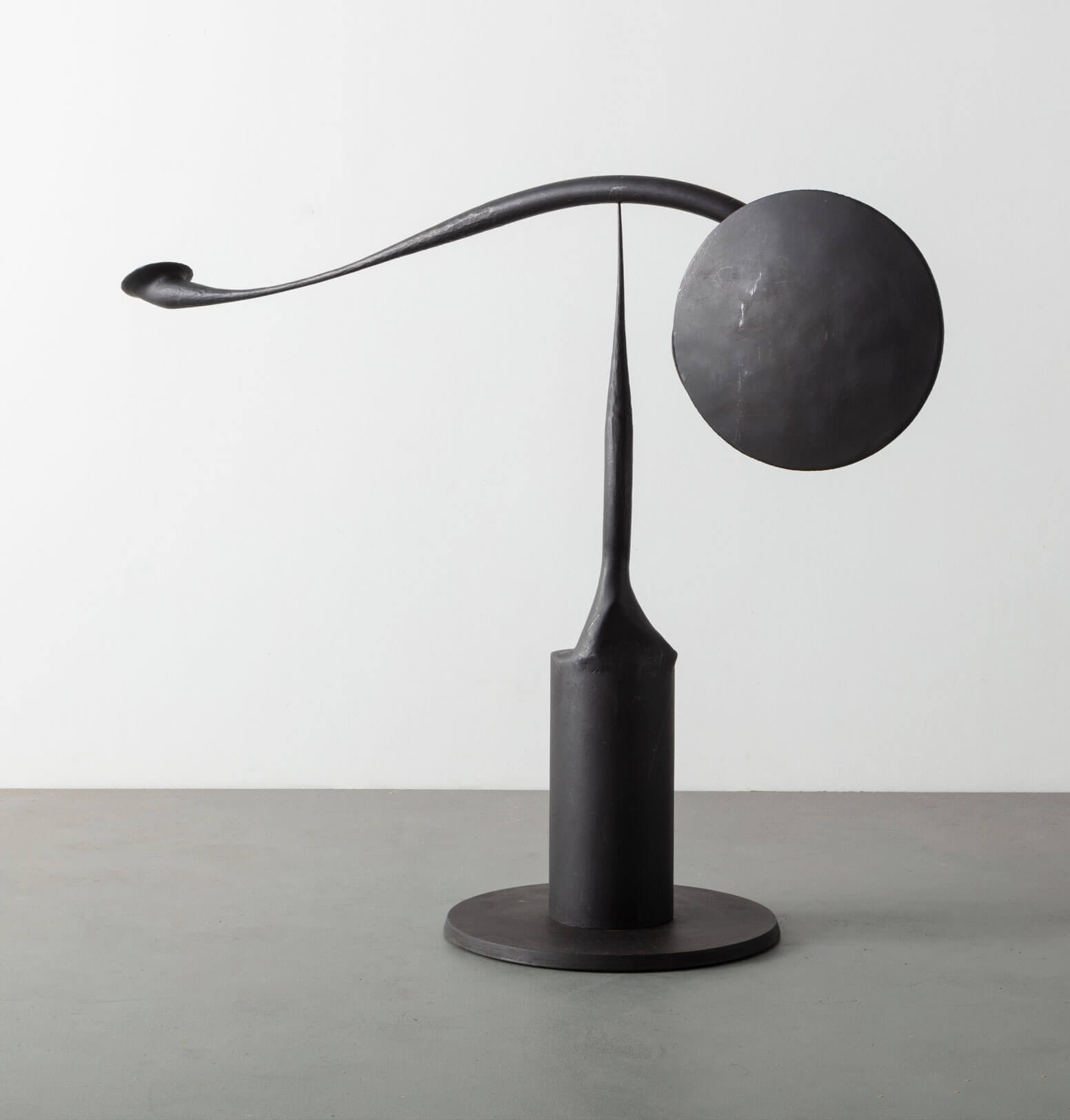
L. Brent Kington, ‘Weathervane’, circa 1970
COURTESY: Moderne Gallery / PHOTOGRAPH: Joe Kramm
Objects USA: 2020 at R & Company.




